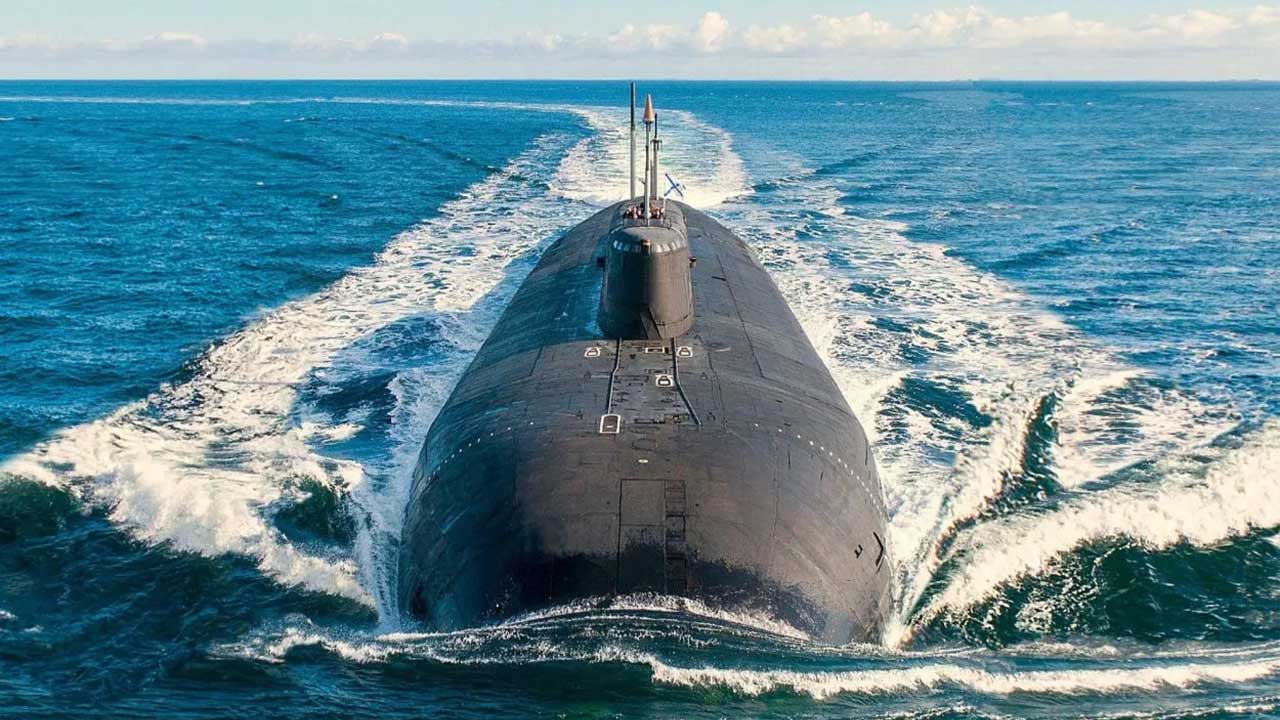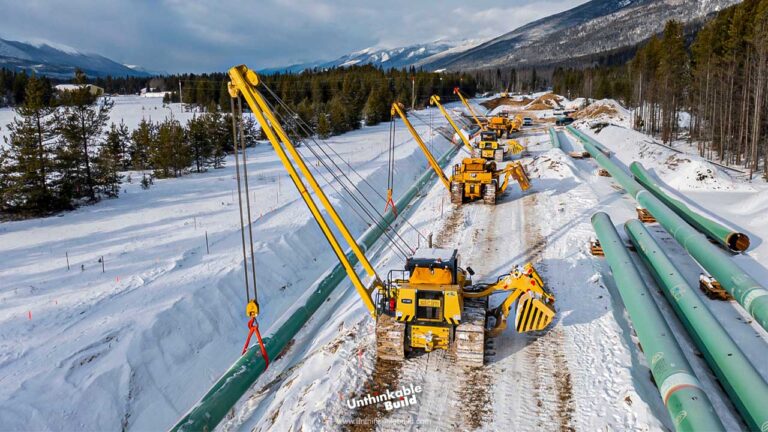Russia’s Poseidon Torpedo: A Silent Menace to Global Security
The race for global supremacy in weaponry commenced prior to World War I, as the United Kingdom and Germany engaged in a relentless pursuit of naval dominance from 1897 to 1914. Following the war, a fresh arms race emerged among the triumphant Allies, which was temporarily halted by the Washington Naval Treaty.
Following the aftermath of the First World War, the League of Nations emerged with the aim of averting future conflicts. However, despite its establishment, merely two decades elapsed from 1919 to 1939 before the outbreak of the Second World War, marked by the utilization of advanced warplanes and bombs. Moreover, the devastating bombing of industrial cities like Hiroshima and Nagasaki led to widespread destruction and suffering. With the conclusion of the Second World War in 1945, the United Nations Organization was established with the overarching objective of preventing a potential Third World War.
However, the post-World War II era witnessed an unparalleled escalation in nuclear weaponry advancement. The Cold War rivalry between the Soviet Union and the United States and some other countries, spanning from 1947 to 1991, notably saw the proliferation of nuclear armaments, posing an existential threat to humanity and pushing the world perilously close to annihilation.
The Cold War drew to a close at the turn of the last century; however, the development of perilous and sophisticated nuclear armaments persists into the present day. Among these advancements is Russia’s underwater nuclear drone or torpedo, dubbed “Poseidon,” sparking fresh apprehension among defense specialists globally. Stay informed to discover the intricacies of its formidable power, its array of capabilities, and the extent of its operational range.
Following the end of the Cold War, the United States redirected its attention towards reducing the prominence of nuclear weapons in its security strategy. However, Russia maintained a significant reliance on nuclear armaments and even adopted a nuclear doctrine known as “escalate to de-escalate,” involving the utilization of nuclear coercion and messaging strategies to attain strategic objectives.
Also Read: Burj Al Babas: Turkey’s $200 Million Disney-Inspired Ghost Town
Russian President Vladimir Putin announced on March 1, 2018, the nation’s blueprint for modern nuclear weaponry delivery systems. Among these innovations is the Poseidon underwater drone, one of six new strategic weapons in Russia’s arsenal.
In ancient Greek mythology, Poseidon held a revered status as the deity ruling over the oceans, safeguarding sailors and sea travelers. In the contemporary context, “Poseidon” underwater drone assumes a divergent connotation, representing a destructive weapon with the potential to unleash catastrophic consequences.
Since Putin’s announcement of the weapon, it has been cloaked in secrecy and disinformation. But, according to Russia’s Ministry of Defense, Poseidon will be installed on submarines, akin to certain ballistic missiles in Russia’s existing nuclear inventory. However, the ensuing events post-launch are subject to debate, contingent upon understanding the true nature of Poseidon.
Fueled by a compact Liquid Metal Reactor with at least 15 MW power, about 20 meter long Poseidon is speculated to achieve unparalleled speeds of upto 100 knots or 185 kilometers per hour, boasting a range of roughly 10,000 kilometers and capable of navigating depths up to 1,000 meters. Crafted to elude detection by acoustic tracking systems and other surveillance measures, Poseidon measures approximately 1.6 to two meters in diameter.
Initially, Russian media suggested Poseidon’s nuclear payload could reach up to 100 megatons; however, recent reports indicate a reduced yield of 2 megatons. That’s immense—over 100 times the destructive power of the Hiroshima bomb, which was approximately 15 kilotons, and more than 10 times the yield of the latest iteration of the B-61 nuclear bomb developed by the US.
The concept of torpedoes equipped with a nuclear warhead originated in the 1950s, spurred by the Soviet Union’s initiation of two distinct programs: the T-5 and the T-15, aimed at crafting submarine-launched nuclear torpedoes. These endeavors formed a crucial component of the Soviet Union’s overarching strategy to enhance its nuclear prowess and secure an advantage during potential nuclear crises.
Poseidon is labeled a “drone” due to its capability for autonomous navigation, possibly enabling remote redirection or mission termination after launch. With a titanium hull, it’s purportedly able to withstand extreme depths, possibly serving as a seabed weapon. Its impressive speed, double that of a conventional submarine, significantly increases the difficulty of detection.
Equipped with GLONASS satellite guidance and AI guidance, Poseidon will operate without human intervention for critical decision-making. However, reliance on these methods of guidance poses several potential issues, including vulnerability to third-party hacking, the risk of loss of control due to technical malfunctions, and the possibility of environmentally induced accidents leading to incorrect signaling and inadvertent escalation.
However, according to a nuclear researcher, it’s probable that Poseidon will be equipped with advanced homing and guidance systems, enabling it to evade certain countermeasures. Nonetheless, such systems may not facilitate intricate maneuverability.
Russian authorities characterize the Poseidon torpedo as a versatile system, hinting at its potential to fulfill various roles. Additionally, there is widespread speculation that Poseidon’s development may have been prompted by advancements in US ballistic missile defense capabilities.
Also Read: Will Japan Be Able to Fix This $20B Sinking Kansai Airport
Numerous experts and US officials, including former US Defense Secretary James Mattis, argue that incorporating the Poseidon torpedo into Russia’s nuclear arsenal would not disrupt the current strategic nuclear equilibrium with the United States. This is because Russia already possesses the capability to launch nuclear-armed missiles at US cities. The introduction of Poseidon would not substantially heighten the existing threat, and even if deployed, its impact would be confined mainly to coastal regions.
Russian state TV anchor Dimitry Kiselyov asserted that Moscow possessed the capability to obliterate Britain using a nuclear tsunami. During a 2022 broadcast, he cautioned that an attack with Russia’s Poseidon nuclear underwater drone could submerge the UK beneath a 500-meter tidal wave of radioactive seawater. However, since Poseidon is designed to detonate underwater, its precise effects remain uncertain. The inaugural deployment of Poseidon is anticipated by 2027.
Curiously, Poseidon is often perceived more as a psychological tool for nuclear signaling rather than for practical deployment. There’s speculation that Poseidon may remain in the prototype phase, primarily serving political aims, such as stimulating discussions with the United States regarding ballistic missile defense systems. Its primary purpose may lie in the uncertainty, speculation, and fear it can instigate.
The inclusion of automated weapons such as Poseidon, particularly if governed by artificial intelligence, undoubtedly introduces intricacies into decision-making during periods of crisis. Such integration effectively elevates AI to the status of an active participant in moments of strategic tension. Consequently, a contentious debate has arisen regarding the merits of fully automating these systems, as automation entails substantial risks of misinterpreting an opponent’s intentions. To comprehensively grasp the challenges presented by unmanned automated nuclear vehicles like Poseidon, it is essential to undertake further research, necessitating a deeper understanding garnered from additional information about the weapon itself.
The international response to Russia’s Poseidon drone has been a blend of apprehension, doubt, and strategic analysis, reflecting various concerns and perspectives within the global community.
Security concerns have been prominently voiced by entities such as NATO and other international organizations, focusing particularly on the strategic implications of Poseidon’s capacity to deliver nuclear warheads and potentially contaminate extensive areas with radioactivity.
Viewed within the broader strategic context, Poseidon is perceived as part of Russia’s overarching endeavor to showcase an array of weaponry capable of circumventing US missile defense systems. Its development is driven by Russia’s ambition to assert its military might and strategic capabilities on the global stage.
Media speculation surrounding Poseidon has added another layer of complexity to the discourse. Some reports have speculated on Poseidon’s purported ability to generate tsunamis and devastate coastal cities with its nuclear payload. However, skepticism from experts often casts doubt on the credibility of such claims, highlighting the need for careful scrutiny and verification.
The introduction of automated weapons like Poseidon, particularly those potentially governed by artificial intelligence, poses significant challenges. This includes added complexity in decision-making during times of crisis, raising concerns about the potential escalation of conflicts and the management of automated weaponry in such scenarios.
Overall, the international reaction underscores the imperative for dialogue and potentially new treaties to address the multifaceted challenges posed by advanced military technologies like Poseidon.







